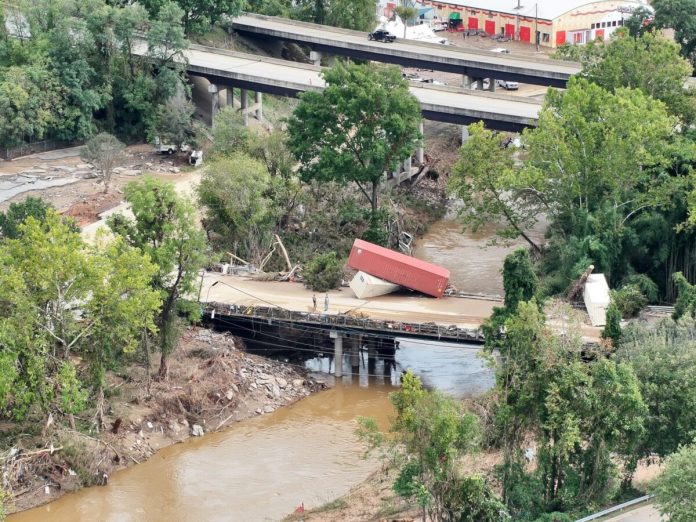Recently, drones have become crucial in disaster response, especially during historic storms in the US, aiding in search and rescue, clearing roads, and recovery tasks.
Introduction to Drone Use in Disaster Situations
This article, shared by Justin McCarthy and Matt Sloane from SkyfireAI, details how drones support first responders by providing essential aerial data during events like Hurricane Milton, with their team currently prepared for deployment in Florida. They previously assisted with Hurricane Helene in the southeastern US, showcasing the practical applications of drones in these scenarios.
The Power of Drones in Crisis Situations
Drones for Good — A New Tool for Disaster Response
By Matt Sloane
If you’ve never experienced a hurricane overnight, believe me, you aren’t missing out!
For over 15 years, I worked as a CNN producer covering hurricanes each summer, and for another decade, I utilized drones to aid public safety departments and government agencies. I’ve had my share of standing in fierce winds and rain.
This summer, however, our approach changed significantly. Instead of rushing to capture storm images, we now wait until it’s safe, then use drones for missions that could save lives.
Current Capabilities and Future Possibilities
- We can’t yet fly people to safety using drones, but delivering small essential supplies is possible.
- Drones can pull power lines, search rubble for trapped people, and find the best vehicle routes to critical spots.
As the sea warms and storms grow fiercer, the demand for drones and robots will rise. With upcoming BVLOS regulations, expect to hear about drones delivering medical supplies or inspecting miles of electrical grids autonomously.
We think it’s fascinating how technology is evolving to help people during disasters.
Considerations and Precautions
Despite the advancements, we must weigh the risks. Drone pilots need to be aware of their surroundings and potential rescue helicopters flying low to save stranded individuals. It’s crucial to avoid interference.
Moreover, always check with the response leaders before deploying unmanned aircraft during disasters. The airspace can get crowded, as shown when nearly 30 aircraft had close calls in North Carolina after Hurricane Helene. (https://www.cbsnews.com/news/helene-relief-efforts-about-30-mid-air-close-calls-over-north-carolina-single-day/)
Matt Sloane co-founded SkyfireAI, aiming to become the “Uber of public safety and critical infrastructure drones.” He has a decade of industry experience, participates in advisory panels, and frequently lectures on drones.
